Tinting Metallic Paint

Tinting metallic paint follows the same general principles as tinting a solid color, however there are 2 dimensions you have to worry about versus 1 with solids colors. You have the color face and pitch. The face of the color is what you see looking straight at the vehicle, the pitch is what you observe looking at it on an angle of 45 degrees or less.

The color face and pitch can both be adjusted separately, however certain adjustments to one will result in an adjustment to the other. To start you will want to correct the face of the color, starting with lightness / darkness. Techniques used for solid color adjustment will work, but here are a few things specific to metallic paint.
Metallic Paints lightness / darkness (value) is impacted by the orientation of the metallics. When paint is applied more wet it will result in a darker color, lighter application will result in a lighter color. Here is the same color sprayed at different pressures on a spray out card:

Anything that effects how wet the paint is applied will change the brightness, including spray equipment, technique, temperature and humidity. So you can adjust the color by adjusting pressure or following the same rules as solid colors.

One thing you will want to inspect prior to adjusting lightness / darkness is the metallic concentration and character. Ensure that your satisfied with how coarse or fine your pearls and metallics are and add more or reduce the amount accordingly.
The next thing you want to adjust is the hue, and again you can follow the principles of a solid color. One thing you will want to keep in mind is if you are using opaque toners they will mask some of the metallics in the formula and can alter both the metallic concentration and value of the color. To reduce this try and use transparent colors to make your adjustments.

The last thing you will want to adjust is the value and again it follows the same principles as a solid color, also it is impacted by opaque toners so continue to adjust with transparent ones where possible.
Now often once you’ve corrected the face the pitch may have corrected itself, if not you can make some adjustments. I recommend contacting your paint manufacturer to get a tinting guide which will tell you exactly what impact each toner has on your formula. Generally speaking you can add either a low strength white or flop adjuster to lighten the pitch. To darken the pitch you can use a low strength black.
Happy Tinting!

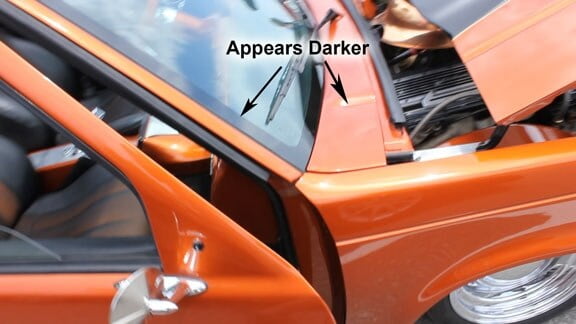
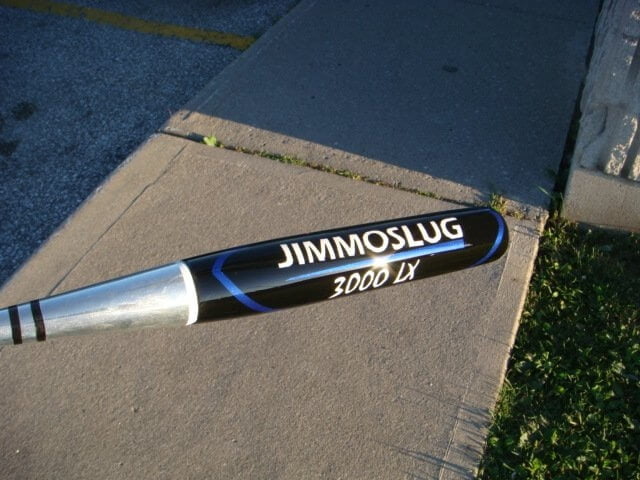

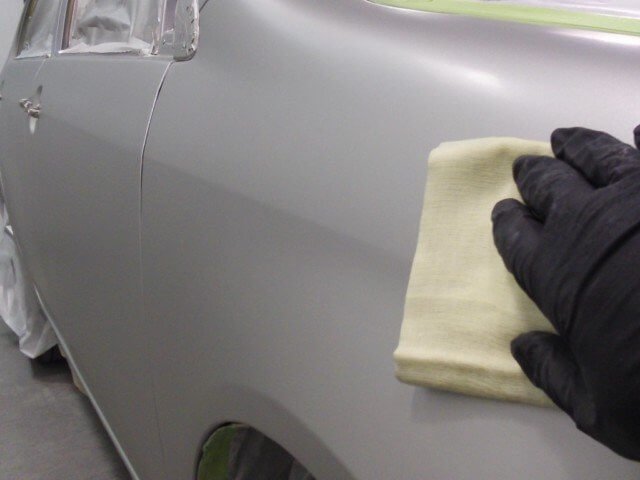

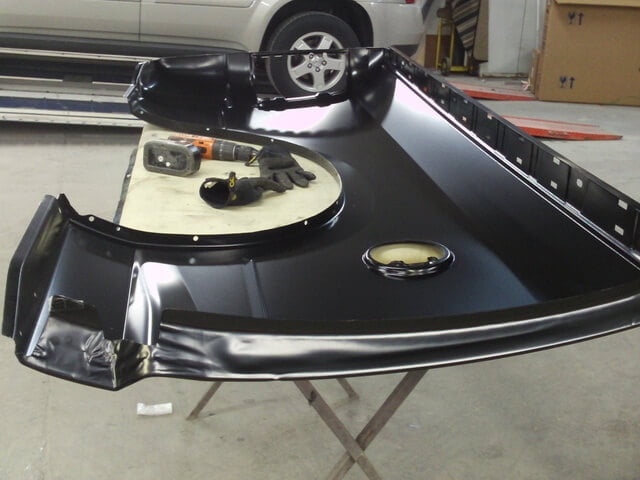
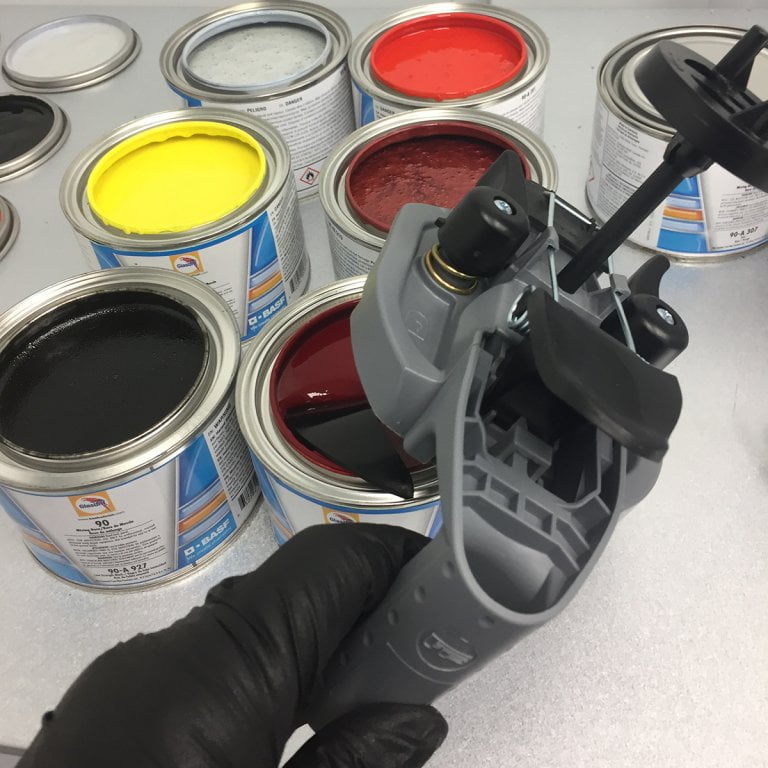
Just a smiling visitant here to share the love (:, btw great style and design .
having difficulty convincing an insurance company that you must tint color before you can achieve a blendable match. this is an added step in the paint process and not incl in basic paint time listed.
do you have something documenting necessary tinting of a paint vendors formula to obtain a srayable match to existing finish
I am going to use tis article as example of how and why. I do have info from paint provider, just getting second and third opinions as to not show favorites.
thanks
having difficulty convincing an insurance company that you must tint color before you can achieve a blendable match. this is an added step in the paint process and not incl in basic paint time listed.
do you have something documenting necessary tinting of a paint vendors formula to obtain a srayable match to existing finish
I am going to use tis article as example of how and why. I do have info from paint provider, just getting second and third opinions as to not show favorites.
thanks